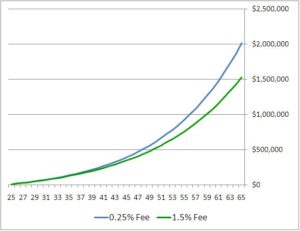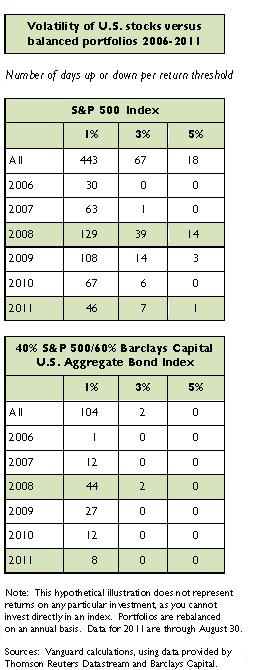Many of our clients will be receiving a notice from Charles Schwab regarding a recent change in investment policy for two funds that we use in portfolios. The Schwab Small Cap Index Fund (SWSSX) and the Schwab International Index Fund (SWISX) are affected.
Here is the communication from Schwab to advisors:
We want to make you aware that the indices for the Schwab Small-Cap Index Fund® (SWSSX) and the Schwab International Index Fund® (SWISX) will be converted from Schwab’s propriety indices to the Russell 2000® Index and the MSCI EAFE Index, respectively. Although these conversions will not happen until December 14, 2011 and December 20, 2011, we are required to mail a 60-day notification to your clients invested in either fund as of October 14, 2011. Additionally, as of November 1, 2011, the Schwab Small-Cap Index Fund’s expense ratio will decrease from 19 basis points (bps) to 17 bps. You may review a copy of the prospectus supplements here and here.
The Russell 2000 Index is an established index that measures the performance of the small-cap sector of the U.S. equity market. The Russell 2000 is a subset of the Russell 3000, representing approximately the 2000 smallest issues and approximately 10% of the total market capitalization of the Russell 3000.1 The MSCI EAFE Index is an industry-recognized index composed of MSCI country indices representing developed markets outside of North America—Europe, Australasia, and the Far East.
Converting to these indices from Schwab’s proprietary indices offers more transparent fund management for all segments of investors, plus better tracking and comparison data from third-party providers. Lowering the expense ratio of the Schwab Small-Cap Index Fund offers a better investment value for your clients.
Both funds have performed as expected against their respective benchmarks in the past. We believe these are positive changes and both funds will continue to be excellent representatives of their respective market segments.
Please give us a call if you have any questions or concerns about the changes.





